Orchid care in winter
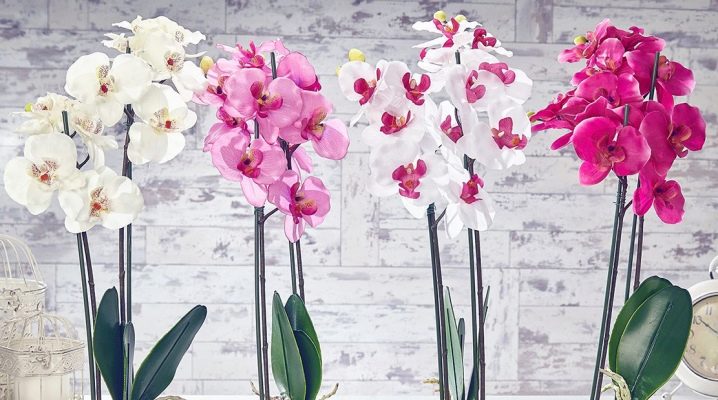
Winter is a special period for the delicate orchid, and it is very important to create the most comfortable living environment for your green pet at this time of the year. If you follow these simple rules, your pet will easily survive the cold season and will even be able to please its owners with delicate, unusually beautiful flowers with a delicate and refined aroma.
Care features
The principles of caring for an orchid at home is the correct choice of the location of the flower (ideally it should be a window sill on the south or east side), the creation of an optimal temperature and humidity level, additional lighting, moderate watering, feeding with vitamins and minerals, as well as protection from pests and mold.
Plant breeders unanimously argue that orchids are very capricious representatives of the flora, this significantly affects the subtleties of caring for a flower in cold weather. The rules of keeping in the winter period are much more complicated than in summer and spring - plants need illumination with special phytolamps, and all vital activity in general depends on the frequency of watering and control over the air temperature in the room.
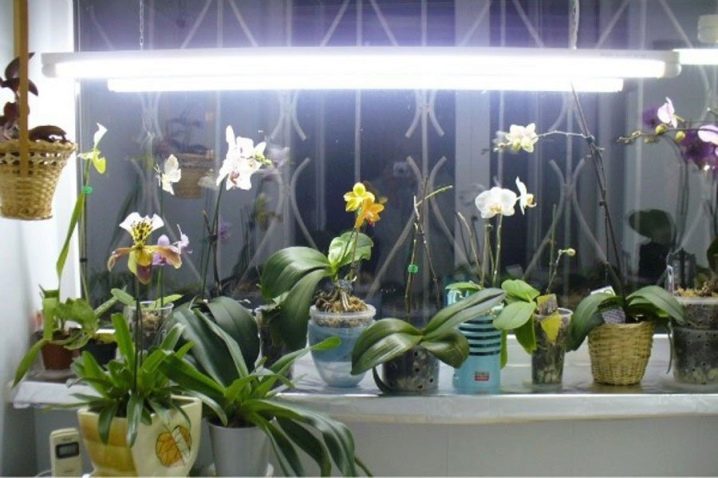
Does an orchid bloom in winter?
Most of the home orchids in the hot season are in a state of complete rest, and since autumn all life processes in them are activated. For three autumn months, the plant manages to give flower stalks, which delight with their behavior for several months. The duration of flowering largely depends on the heredity of the orchid, the general condition of the plant and, of course, external factors. In most cases, the flowering period varies from 2 to 6 months, at this time it is very important to achieve the maximum illumination of the flower - the duration of daylight hours should be approximately 12-14 hours. If necessary, you need to use additional light sources.
Most inexperienced flower owners are often faced with a situation where, it would seem, the plant is provided with ideal conditions for keeping, but it does not bloom. This should not scare you, orchids are very sensitive to changes in light, temperature and humidity in the room, so any change in the habitat invariably leads to the fact that the orchid starts up all its vitality for growth and adaptation. In this situation, the plant does not see the need for flowering, therefore, experts recommend creating a situation of mild stress for your green pet, providing it with a contrast between day and night temperatures or creating an artificial drought.
As a rule, these measures have a stimulating effect on the flower, and within a month it necessarily throws out a peduncle.
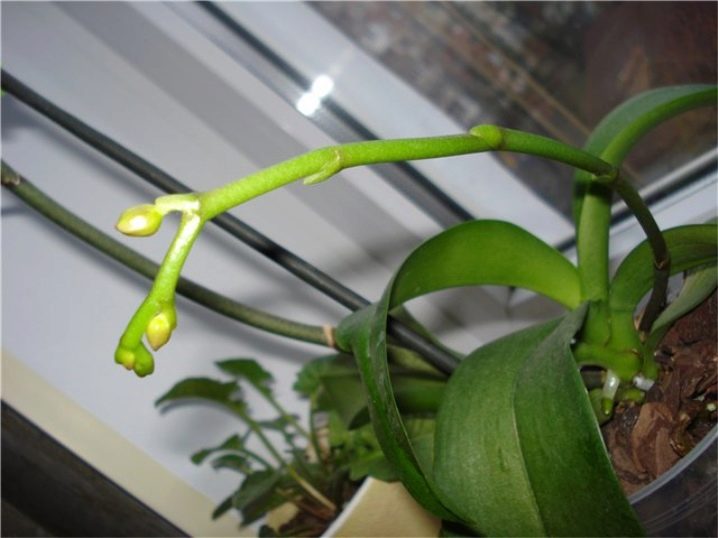
How to care?
In winter, the orchid should be given special care. Let us dwell in more detail on the most key points of keeping a flower at home.
Content temperature
When determining the temperature regime for your orchid, it is important to take into account its varietal characteristics. So, for heat-loving beauties, the recommended temperature is +15.16 degrees, while the average daily fluctuations should not exceed 3-5 degrees. Such varieties include phalaenopsis, varieties "Wanda" and "Ludisia", as well as "Ascocentrum" and variegated "Slipper".
Flowers "Lelia" and "Cattleya", as well as "Dendrobium" and some other varieties need a moderately warm content - for them, a temperature should be achieved within the range of +12.15 degrees.
Finally, there are varieties that prefer coolness - these are "Tselogin" and "Cymbidium". Such plants feel comfortable at daytime temperatures of +12 degrees and at night at +5 degrees. These orchids are best kept on a loggia or balcony, provided that they are glazed.
Keep in mind that indoor orchids do not tolerate excessively warm air and stuffiness, so the room in which the flowers are kept must be regularly ventilated.
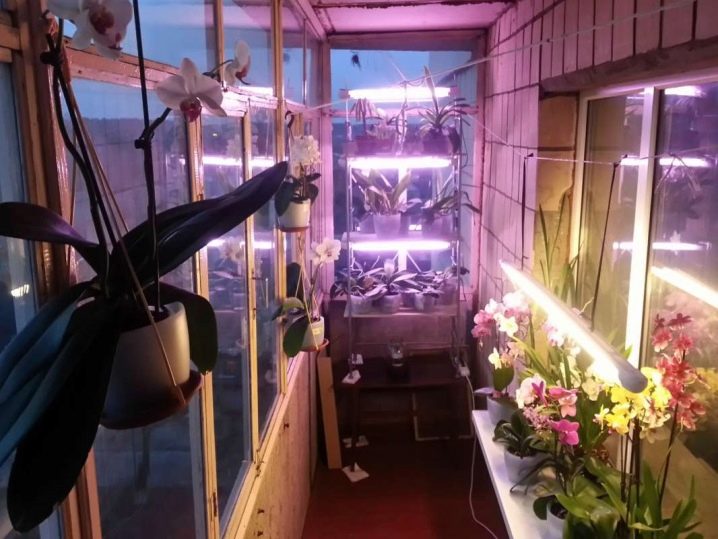
Lighting
In winter, it is extremely important to provide the flower with a normal level of illumination, since the general condition and parameters of the orchid maintenance largely depends on the amount of light. Plants of this type prefer sunny places, but the light should be diffused, so you do not need to expose the flower to direct ultraviolet rays - it is advisable to slightly shade the window with a light tulle or film.
The southern windows are best suited for wintering plants, if there are none, then preference should be given to the eastern ones. If you place the plant on the other side, then it will not receive enough light for normal life. During December - January, the plant needs to be additionally illuminated, usually energy-saving LED phytolamps are used for this, while the rays are directed to the tops of the plant, and the light source itself is located at a distance of 30-40 cm from the flower.
Some housewives constantly turn the flower over so that its green parts receive the same amount of light from all directions - this is a fairly common mistake. The fact is that orchids quickly get used to the existing conditions, and if the flower is constantly turned over to the light in different directions, then it will spend all its energy on preparing previously poorly lit areas for more intense photosynthesis. As a result, the orchid lacks the vitality to eject peduncles and further flowering. For the same reason, you should not move your pet from one window to another - prepare a place for him in advance and leave it there for the whole winter.
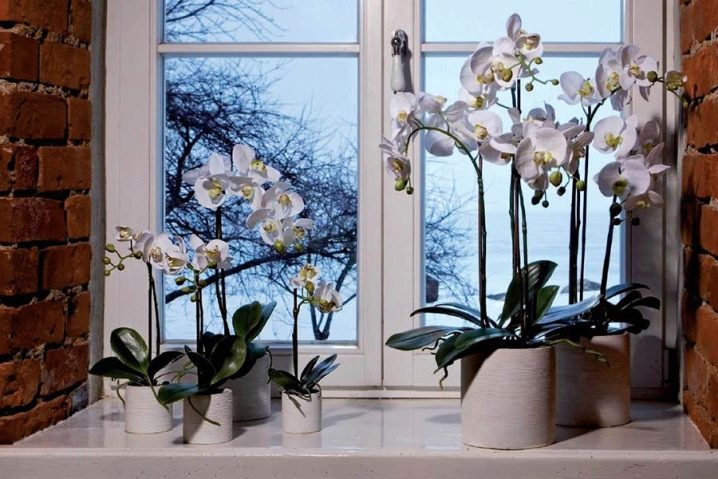
How to water?
Watering your pet should be done as needed - when the earthen lump dries out completely, and condensation stops forming on the walls of the pot.
Keep in mind that if in the summer it is possible and even necessary to leave the water flowing through the drainage hole in the dish, then in the winter this is strongly discouraged. The fact is that in most apartments the windowsills are rather cold, they cool the saucer and the water in it. Once in the ground, the liquid begins to cool the root system, and this process continues until all the water is absorbed in full. The result of this moisture is all kinds of fungal and bacterial infections that lead to the death of the entire flower.
To avoid such unpleasant consequences, a thin layer of polystyrene should be placed on the windowsill and a pot should be placed on it, the porous material will act as a reliable heat insulator.
Maintaining optimal humidity in the room deserves special attention. Everyone knows that when central heating is working, this indicator is low - as a rule, at the level of 35-45%, and such an environment creates favorable conditions for the reproduction of spider mites. To protect the flower from meeting this pest, you need to turn on a humidifier for 3-4 hours every day or, if you do not have such a device, a room fountain.
Instead, you can periodically arrange a warm shower, usually in the evening and left in the bathroom. As a result, orchids avoid dew point withering away and also enjoy warm, humid shower air for several hours of the night.
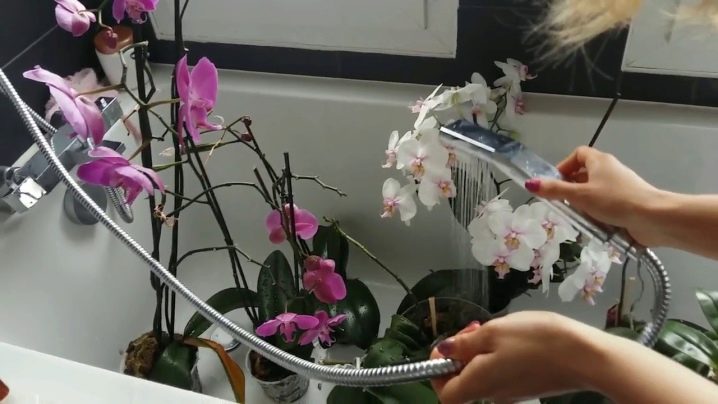
In winter, you should not spray the flowers, since water begins to accumulate in the axils of the leaves, stimulating the onset of putrefactive processes.
Top dressing
In winter, fertilizers are applied every second watering - this approximately corresponds to once a month. This periodicity is explained by the fact that in the spring and summer months, under conditions of extended daylight hours and high temperatures, orchids process all the nutrients quite quickly, while in winter the processes slow down, therefore, the assimilation period is accordingly extended.
During this period, it is worth giving preference to preparations with a high content of vitamins, phosphorus and nitrogen. It is best to use ready-made complexes created specifically for orchids.
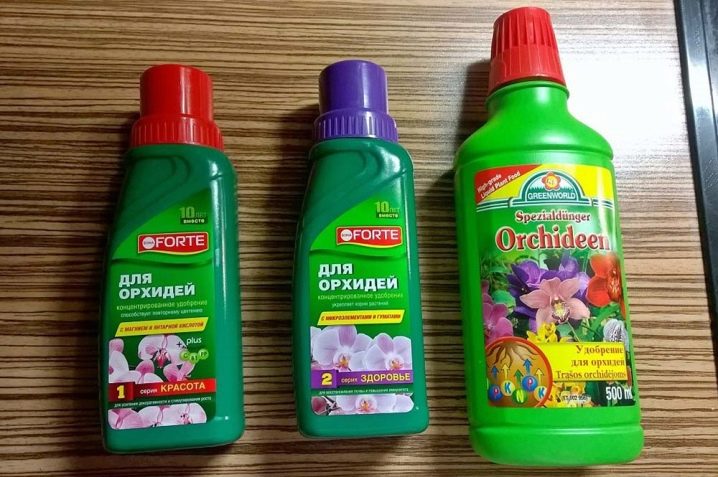
Can you transplant?
If it seems to you that the substrate in which the flower is located does not meet the needs of the plant, or you simply do not like the pot in which it is located, put aside all your ideas about replanting the flower until spring.
In the cold season, the orchid does not need to be touched, the plant will adapt for a long time to the new soil, and you will have to wait a very long time for flowering.
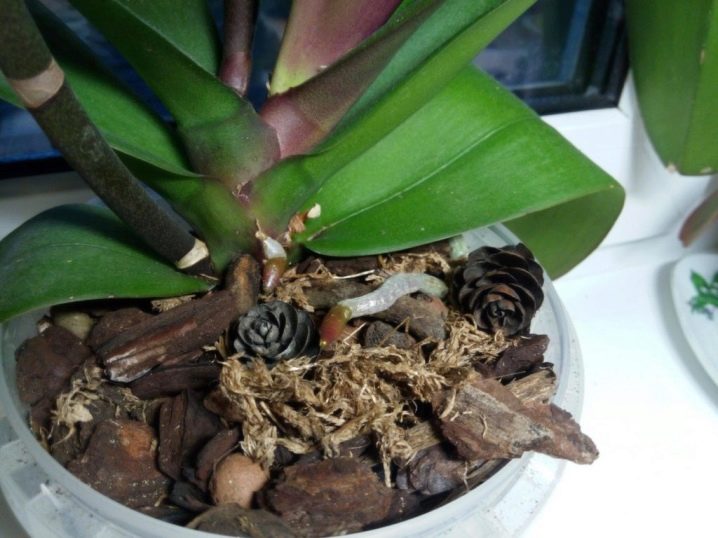
Can you transport?
Sometimes situations arise when a plant needs to be transferred to a new place, the reasons can be very different - the purchase of a flower as a gift, a change of residence or a forced trip. Any such movement is stress for the flower. In order for the losses to be minimal, you need to follow the following recommendations:
- if the air temperature outside is set at 0 degrees, then you can bring the orchid in a double paper bag - in such a package it can freely withstand border temperatures;
- when cooled to -5 degrees, in addition to paper, you should use a plastic bag;
- in case of frost from 7 to 10 degrees, it additionally makes sense to use a synthetic winterizer or a material that is used as a substrate for a laminate;
- a paper bag with a flower is wrapped with these auxiliary canvases and fastened with a stapler;
- if the temperature drops below 15 degrees, then the plant is first packed in polyethylene, and on top in artificial insulation;
- multilayer packaging allows you to achieve the effect of a thermos, thanks to which the plant does not overcool and remains healthy.
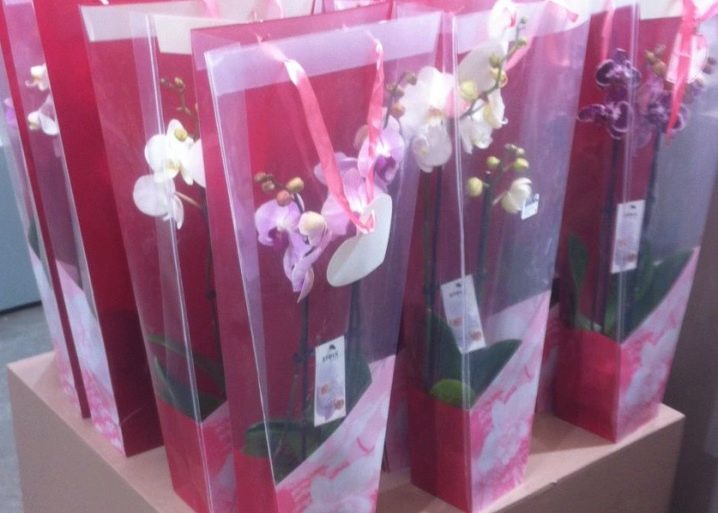
Keep in mind that when the plant reaches its destination, do not immediately open the package - let the flower stay wrapped for 25-30 minutes, this time it needs to adapt to the new temperature - otherwise the flower is under severe stress and may even die ...
Possible problems
In cold weather, the orchid often becomes the subject of pest attacks. To prevent this from happening, you should resort to preventive measures, which include an autumn flower transplant and periodic wiping of the leaves.
Another problem many orchid owners face is the lack of flowering. The reasons can be very diverse - a difficult adaptation of a plant to a new habitat, an incorrect light regime, a lack of fertilizing and an incorrectly set temperature regime. So, if the temperature is too high, then the flower is exposed to heatstroke. As a rule, this problem is typical for poorly ventilated rooms with low humidity. It is best to place the flower away from a radiator or other heat source, and use an air conditioner or fan to lower temperatures.
The room in which the orchid lives should be ventilated without fail, but at the same time the plant should not fall into the draft zone.
Some owners are trying to solve the problem of dry air by frequent spraying - the leaves are moistened literally from morning to evening, as a result, the moisture simply does not have time to dry, which causes putrefactive processes. Over time, these leaves begin to turn yellow and fall off.To change the parameters of humidity in the room, it is better to use humidifiers, portable models that are attached to batteries are very effective. If they are not available, simply hang wet towels on the radiators, remembering to change them as they dry.
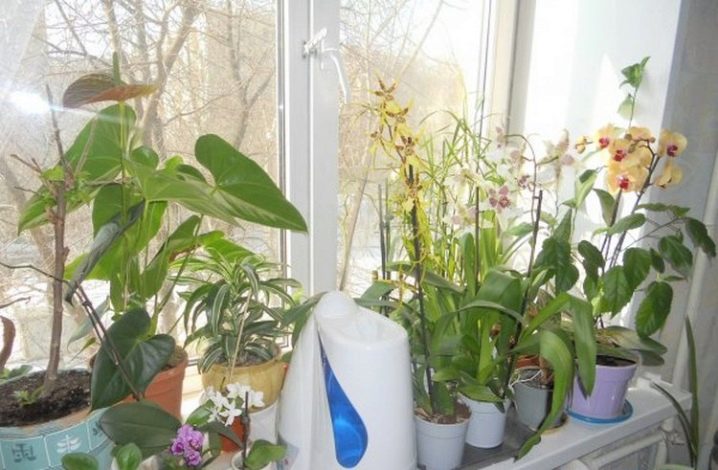
Watch a video on the topic.































The comment was sent successfully.